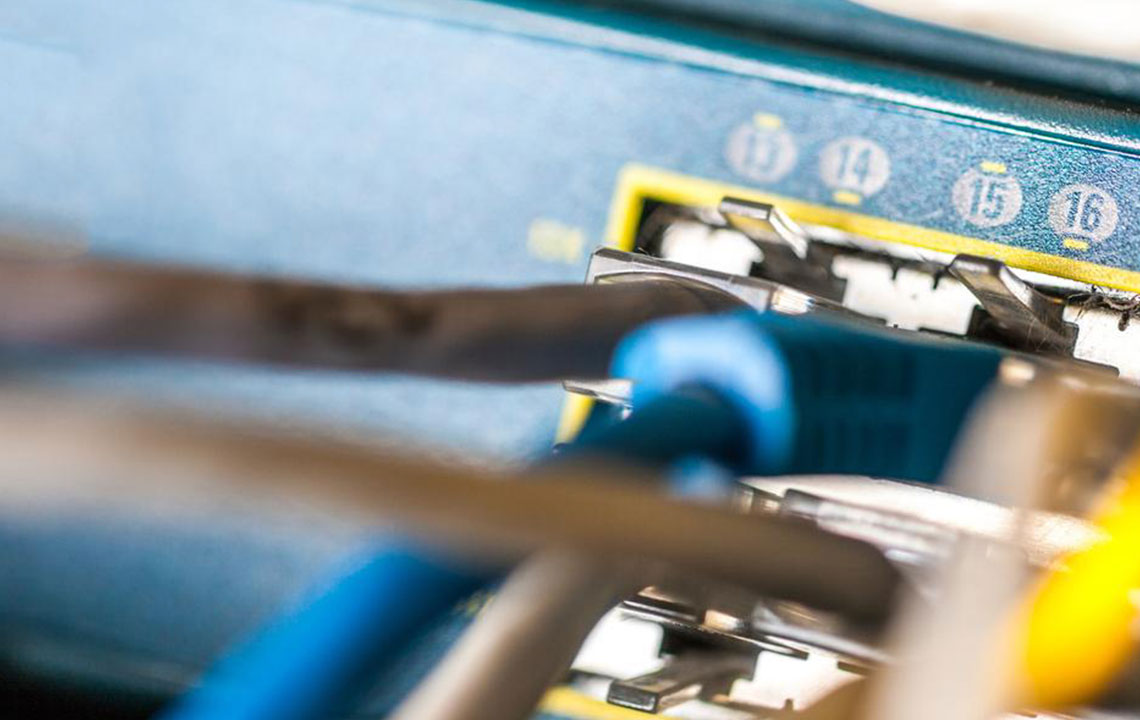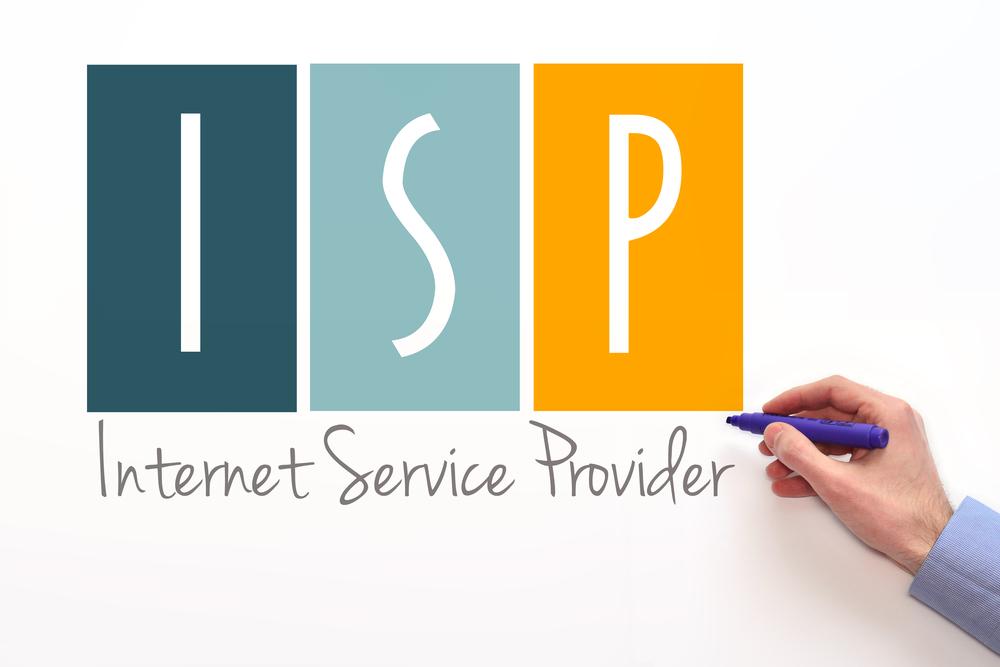Essential Small Business Internet Connectivity Options
Discover essential internet connection options for small businesses, including DSL and cable internet. Understand their benefits and drawbacks to make informed choices that enhance your business operations. Choose the right provider and plan to ensure reliable, fast online connectivity tailored to your needs.

Essential Internet Connectivity Options for Small Enterprises
In recent years, selecting the right internet connection for your small business has become crucial. Unlike earlier times when a web presence was optional, today reliable online connectivity is vital for operations and growth.
Modern businesses often choose between digital subscriber lines (DSL) and cable internet, both tailored to meet diverse needs. Here’s a comprehensive comparison of these prominent small business internet services.
Digital Subscriber Line (DSL)
This service utilizes existing phone lines to connect your business to the internet.
The connection is established through a dedicated DSL modem, enabling data transfer at speeds ranging from kilobits to megabits per second.
Advantages of DSL include:
Superior speed compared to traditional dial-up.
Simultaneous internet and phone use.
Availability through your existing telephone provider.
Various plans tailored to different speed needs and budgets.
Some drawbacks involve:
Decreased speed the farther you are from the provider’s central office.
Potential connection drops if phone lines are disrupted.
Slower speeds compared to cable internet.
Cable Internet
Data is transmitted over cable TV lines using cable modems.
Speeds typically range from a few to several megabits per second.
Key benefits include:
Consistent speed irrespective of distance from the provider.
Higher speeds with premium service packages.
Efficient data transfer needed for cloud applications.
Bundled services like VOIP and business television options.
Limitations involve:
Shared bandwidth, which may reduce speed during peak usage.
Connection issues if cable lines are damaged.
Generally higher pricing than DSL.
Choosing between these options requires consulting with a trustworthy internet service provider and thoroughly reviewing service plans to avoid future complications.
Note: Our blog offers diverse insights and practical information across various topics. While our research aims to provide accurate guidance, we recommend verifying details before making decisions. We are not responsible for discrepancies or missing offers beyond what we cover.










